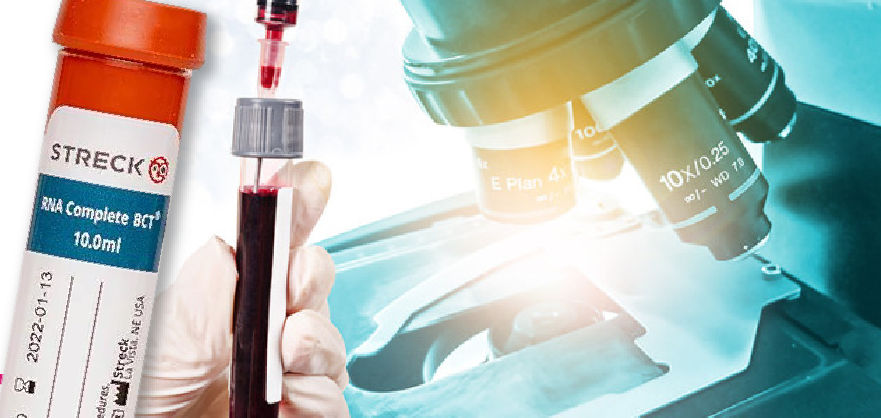1p/19q co-deletion
19q deletions occur in a very large number of gliomas (50-80% of cases) and often accompanied by losses at 1p level (70% of cases). Co-deletion 1p / 19q is common. This event is a favorable prognostic marker and has been very useful to enrich the histological grading of gliomas.
Until recently, chemotherapy was considered ineffective. However, recent studies demonstrate the effectiveness of using PCV (procarbazine, lomustine and vincristine) in oligodendrogliomas with deletions of 1p36 and 19q13 regions, which makes detection of deletions at 1p36 and 19q13 important for prognosis in oligodendrogliomas.
Recent studies have established a stratification of anaplastic oligodendrogliomas in four categories according to the status of 1p / 19q co-deletion, along with other genetic alterations:
- Group 1: 1p/19q co-deletion (del 1p/19q). Excellent prognosis / long lasting response to chemotherapy (nearly 100%) and survival greater than 10 years.
- Group 2: 1p deletion without 19q deletion. Intermediate prognosis / partial response to chemotherapy (nearly 100%) and survival of approximately six years.
- Group 3: 1p / 19q intact with TP53 mutations. Intermediate prognosis / partial response to chemotherapy (33%) and survival time less than six years.
- Group 4: 1p / 19q intact without TP53 mutations. Poor prognosis / rarely respond to chemotherapy (18%) and survival time generally less than 18 months.
This information is essential during surgical resection, as it can be much more conservative if the glioma belongs to a group of good prognosis. Therefore, resection does not involve many margins, minimizing brain damage, since it is very likely that the tumor will respond to treatment.
References
- Senetta R, et al. (2013) J Neuropathol Exp Neurol. 72(5):432-41.
- Tabatabai G, et al. (2010) Acta Neuropathol. 120(5):585-92
- Xiong J, et al. (2010) Chin Med J (Engl). 123(24):3566-73.
- Fontaine D, et al. (2008) Rev Neurol (Paris) 164(6-7):595-604.
- Jeon YK, et al. (2007) Neuropathology. 27(1):10-20.
- Aldape K, et al. (2007) Arch Pathol Lab Med. 131(2):242-51.


